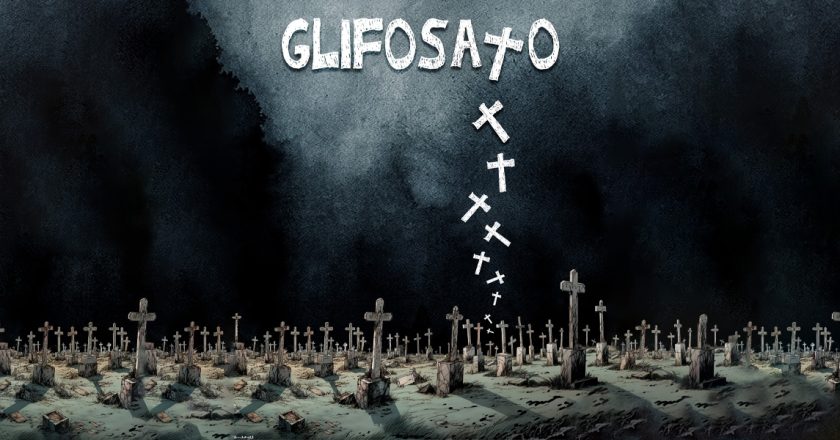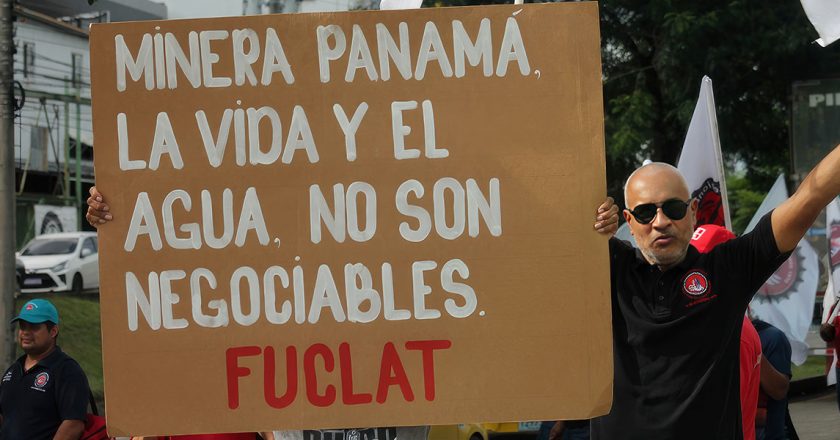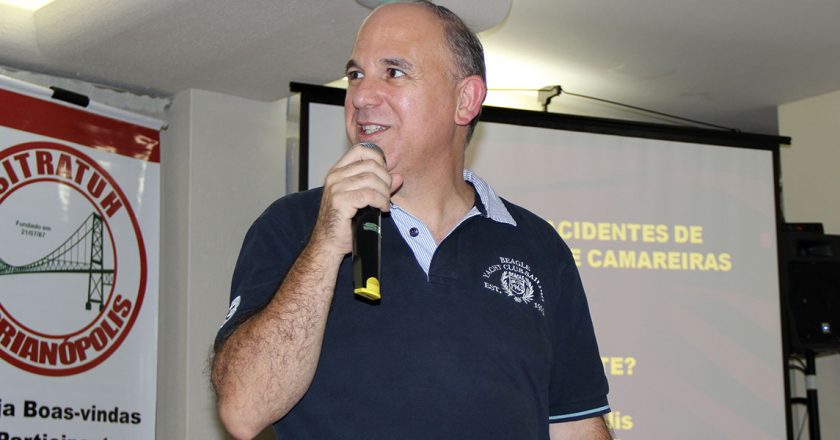Latin America | HEALTH | FOOD GMOs and our daily bread When Frankenstein is serving Argentines have been eating bread …


Latin America | HEALTH | FOOD GMOs and our daily bread When Frankenstein is serving Argentines have been eating bread …

Julio de los Santos, a Uruguayan rural worker who for years has been practically bedridden and has seen all paths to justice blocked by his country’s courts, has now been given reason to hope, as the Inter-American Commission on Human Rights (IACHR) is moving forward with his case, which could potentially be brought before the Inter-American Court of Human Rights.

Brazil | HEALTH | ENVIRONMENT Toxic agrochemicals, a Brazilian specialty The dunghill of the world Brazil is the country with …

Europe | HEALTH | ENVIRONMENT A new lease on life for glyphosate in Europe The long arm of multinational corporations …

Latin America | Canada | HEALTH | ENVIRONMENT| HR All that glitters is not gold Masks off The image Canada …

Europe | HEALTH | ENVIRONMENT Glyphosate on hold A decision postponed The majorities needed to extend for another decade the …

Europa | SALUD | AGROTÓXICOS Glyphosate about to get a new lease on life in the European Union And so …

Syngenta is one of the largest multinational corporations in agribusiness. It is a world leader in the sale of toxic agrochemicals and is among the top suppliers of transgenic seeds. A recent study dissects this Swiss-based Chinese government-controlled mega-company, which currently has Latin America as its strongest market.

Pineapple farming in Costa Rica must be regulated, both its use of toxic agrochemicals and to prevent forms of labor exploitation of its mostly migrant workers and their families.

On April 27, Rel UITA (IUF Latin America) launched The Meatpacking Plants Pandemics in digital format, a book that was made possible by the support of Sweden’s Union-to-Union. Ahead of the launch of the printed version in São Paulo next week, we spoke about the book with Doctor Roberto Ruiz, the man behind this work.